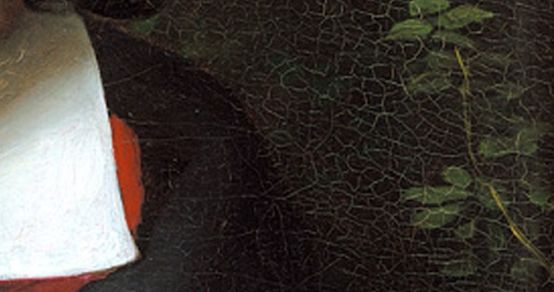Opening Coriolan
Every Friday, Beethoven is here. To mark the 250th anniversary of Beethoven's birth, each week Swiss Music Review takes a look at a different work from his catalog. Today for the Coriolan Overture.

The cliché of Beethoven's effervescent style seems to fit perfectly with the powerful, triumphant opening of the Coriolan Overture Op. 62. However, this piece does not seek to reflect the character of its author, but the drama of the eponymous tragedy by Heinrich Joseph von Collin (1772-1811): the Roman commander Coriolan, after being acclaimed and honored, falls into disgrace and is banished during a change of political power. Wounded in his pride, he leads an army against his hometown in alliance with his former enemies. When they arrive at the gates, his mother and wife ask him to spare the city and try to persuade him to repent. Entangled in a conflict between patriotism and arrogance, the failed hero kills himself with his own sword. The plot is archetypal and timeless.
However, the score was composed too late to serve as a real overture to the play: at the premiere on November 24, 1802, the audience was content with an interlude arranged by Abbé Stadler from theIdomeneo by Mozart. The successful drama was performed until March 3, 1805, making Beethoven's work a "concert overture" (perhaps the first of its kind) - an overture which, although based on a well-known literary work, is performed in concert halls, completely detached from the theater. It's thanks to its musical quality that such a score could lead an independent life, without listeners necessarily knowing the underlying theme. A work of symphonic form and proportion is "characteristic" only in terms of its emotional content.
Beethoven's Opus 62 was first performed at one of the private concerts of Prince Lobkowitz, who was also a prominent member of the Vienna Theater Society. For this reason, Collin's tragedy was staged once again for a single performance, on April 24, 1807, this time with Beethoven's Overture.
Aufnahme auf idagio
Keeping in touch
A weekly newsletter reveals the latest column on line. You can subscribe by entering your e-mail address below, or by subscribing to our RSS feed.








